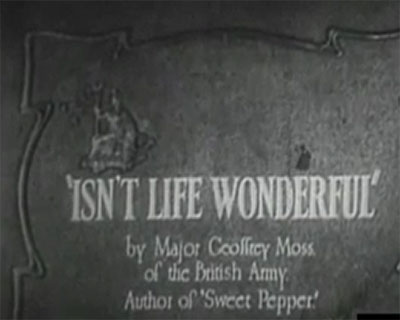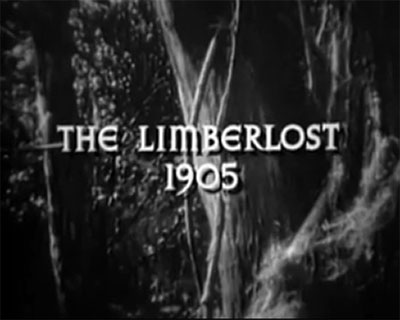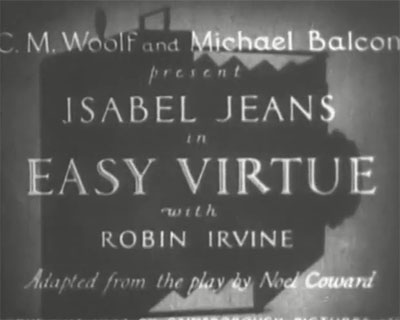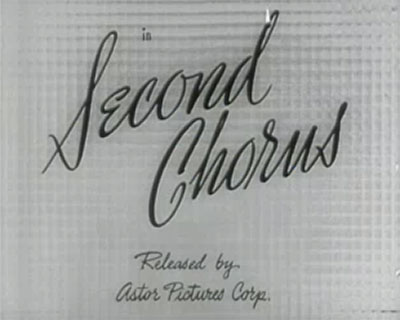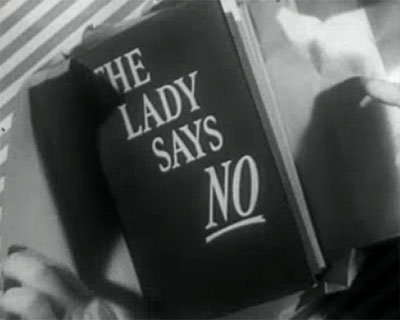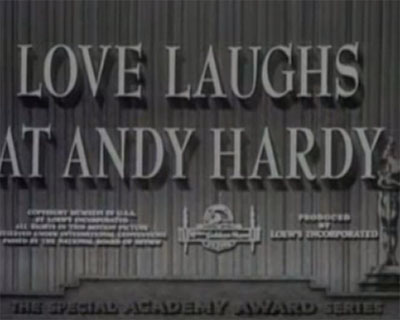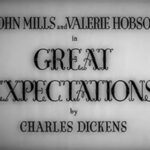“Isn’t Life Wonderful” is a silent drama film directed by D.W. Griffith and released in 1924. The film is set in Germany after World War I and focuses on the struggles of a family trying to survive in the aftermath of the war.
The story centers around the family of a man named Stefan, who returns home after serving in the war to find that his wife and children have been forced to live in poverty. The family struggles to make ends meet, with Stefan working long hours in a factory and his wife selling flowers on the street.
Despite their difficult circumstances, the family remains optimistic and finds joy in small moments of happiness. They befriend a homeless boy, and their kindness to him is repaid when he helps them in a time of need. The family also finds solace in their faith, with scenes showing them attending church and praying together.
The film ultimately delivers a message of hope and resilience in the face of adversity. While it portrays the struggles of the family and the harsh realities of post-war Germany, it also emphasizes the importance of family, community, and faith in finding happiness and meaning in life.
In summary, “Isn’t Life Wonderful” is a silent drama film that portrays the struggles of a family in post-World War I Germany and emphasizes the power of hope, kindness, and faith in overcoming adversity.
Directors:
D.W. Griffith
Writer:
D.W. Griffith, Geoffrey Moss
Stars:
Carol Dempster, Neil Hamilton, Erville Alderson

